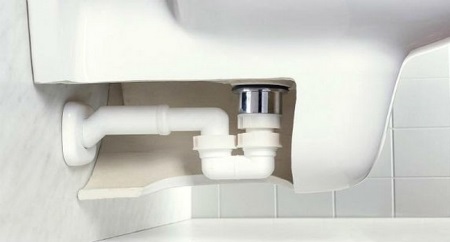Odour trap for bidets
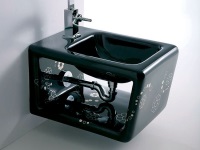
During the remodeling or renovation of the bathroom, it is often decided to install a bidet. One of the elements of this sanitary ware, which should be selected and purchased additionally, is a siphon. It not only drains the used water into the sewer, but also protects the sewage drain from debris and ensures that the bathroom is free of unpleasant odor from the sewer. What are the siphons for the bidet, how to choose a suitable siphon and what you need to know about its installation?
Types
All siphons used in the installation of the bidet are:
- Tubular - resemble the shape of the letter S;
- Bottle - similar in shape to a bottle.
The structure of the bottle siphon is more complex. Both variants of the siphon are represented by several parts, so they need to be assembled. According to experts, the bottle model is more ergonomic and advantageous. The part of it that resembles the bottom of a bottle can keep things that accidentally slip and fall into the bidet, such as bracelets or rings. However, the bottle siphon costs more than the tubular model.
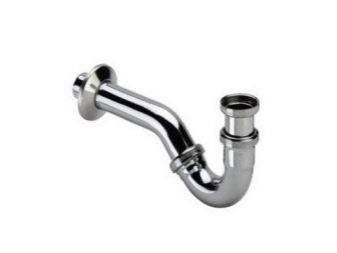
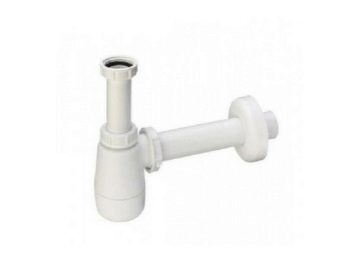
Metal or plastic?
Modern siphons for wall-hung and floor bidet siphons can be made of plastic, brass or steel. Models made of plastic have a lower price, but it is not at all associated with worse quality. Such siphons are no less reliable than metal ones.
Plastic trap is more preferable if you are planning a hidden installation of communications, because it is durable and functional, and such a disadvantage as an unattractive appearance, when installed in the wall becomes unimportant. If the siphon will be visible, however, the best choice will be a metal model, because it looks more attractive.
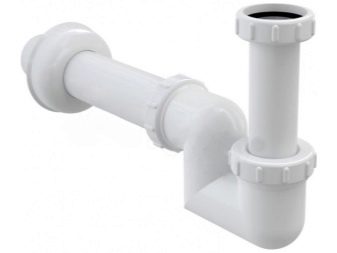
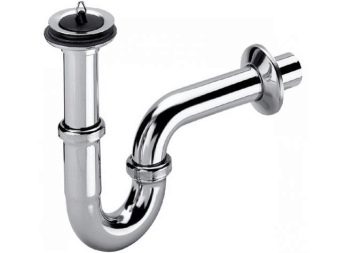
Tips for choosing
- The siphon model must first be the right size, matching both the sewer pipe and the bidet outlet. If you miss this point, later you will have to buy additional adapters.
- Next, determine how to install the bidet - whether the siphon remains open or will be mounted into the wall. It is also important to consider the outlet system in your bathroom - is the sewage outlet located in the wall (horizontal outlet) or in the floor (vertical outlet).
- At the siphon, purchased for the bidet, the bend of the knee should be slightly larger than that of siphons for sinks, because the operation of the bidet involves a larger volume of water trap. Note that some manufacturers have siphons with several water traps (they look like a coil) to eliminate sewer odors as much as possible. Siphons are also sold that have a dry closure, represented by a membrane.
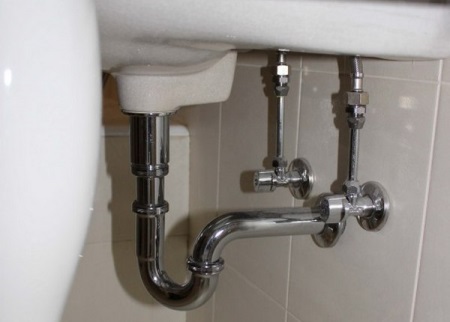
Installation
Each model of siphon differs in its installation scheme, which is described in detail by the manufacturer. In this case, there are common features that are important not to lose sight of:
- Often the siphon is first attached to the drain of the bidet, and finally lead to the sewer.
- All places where the parts of the siphon connect, it is worth to treat with silicone sealant.
- The final stage of installation should be a test for leaks. Turn on the water and make sure that all gaskets and couplings are in place, there are no leaks, and the siphon performs its function.
- In many cases, the best solution is to entrust the installation of the siphon to a master. An experienced plumber will quickly install the bidet and guarantee his work.
